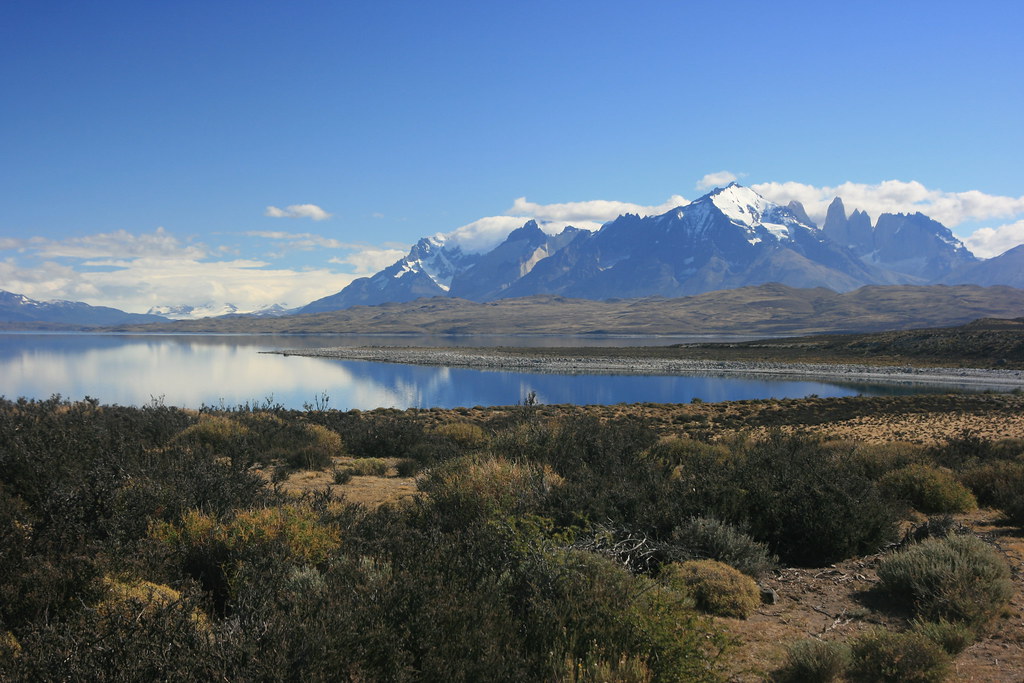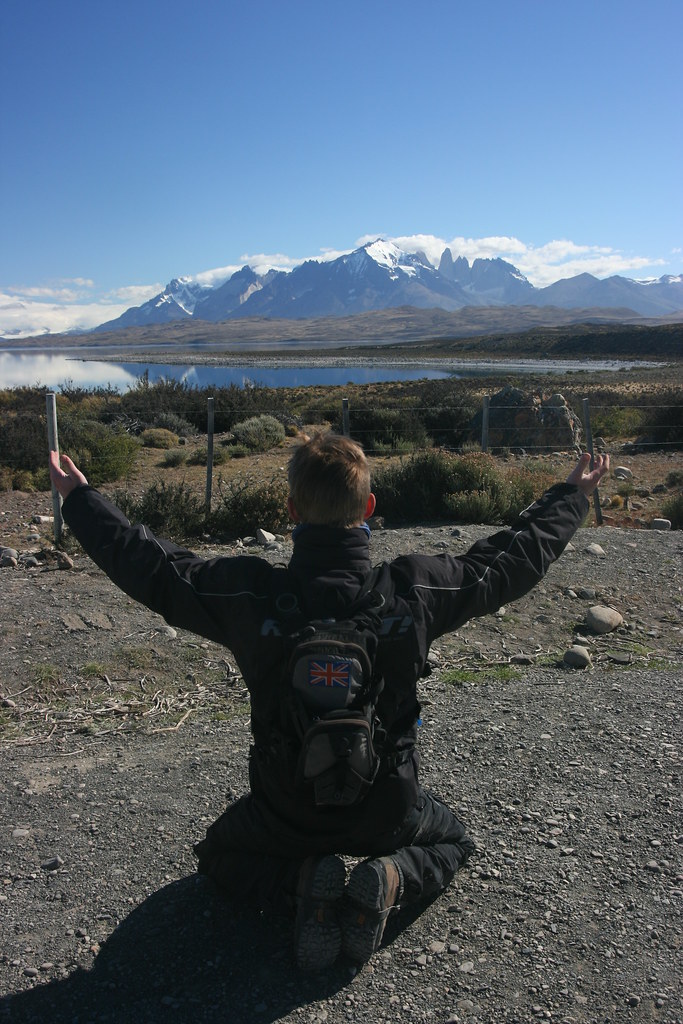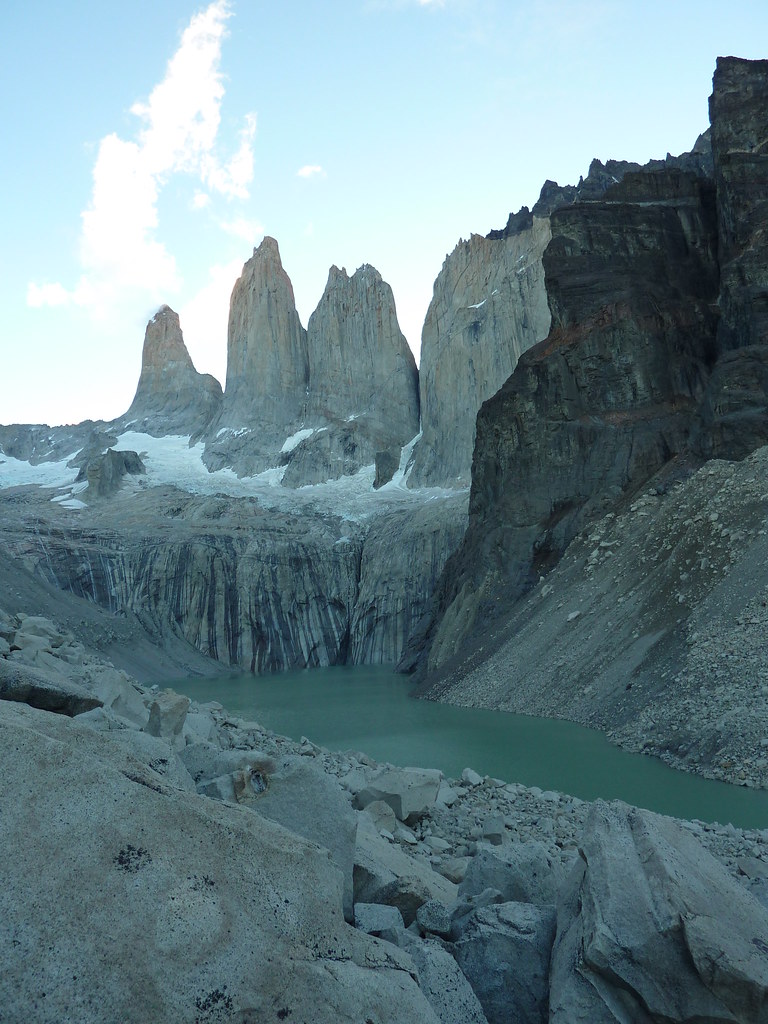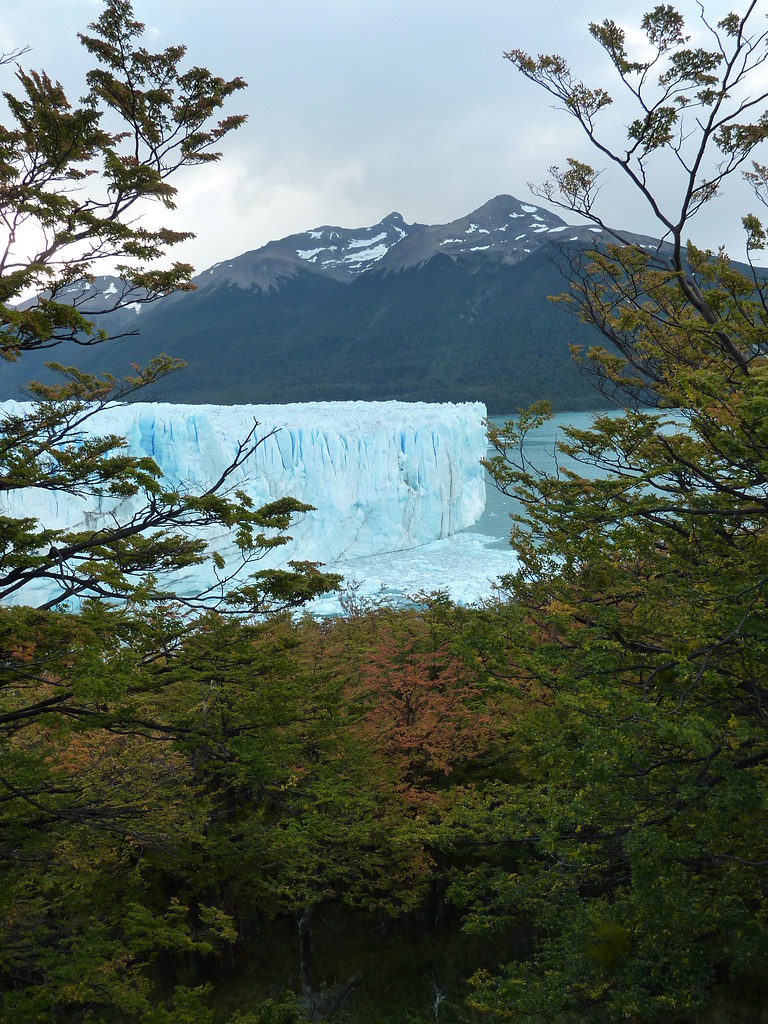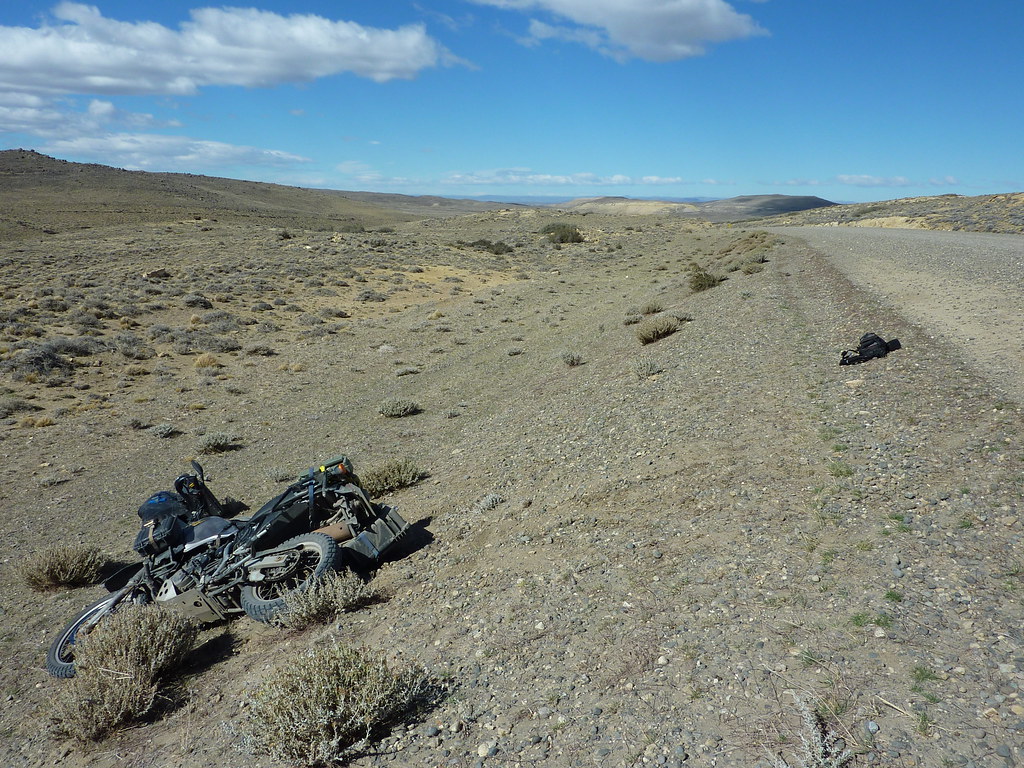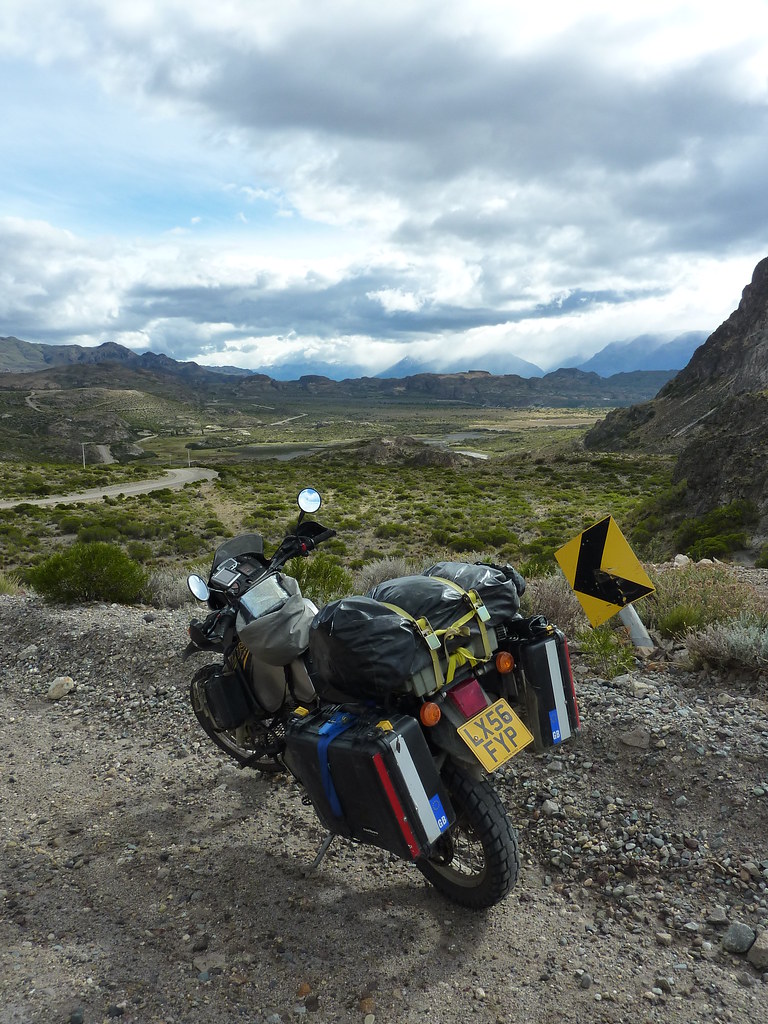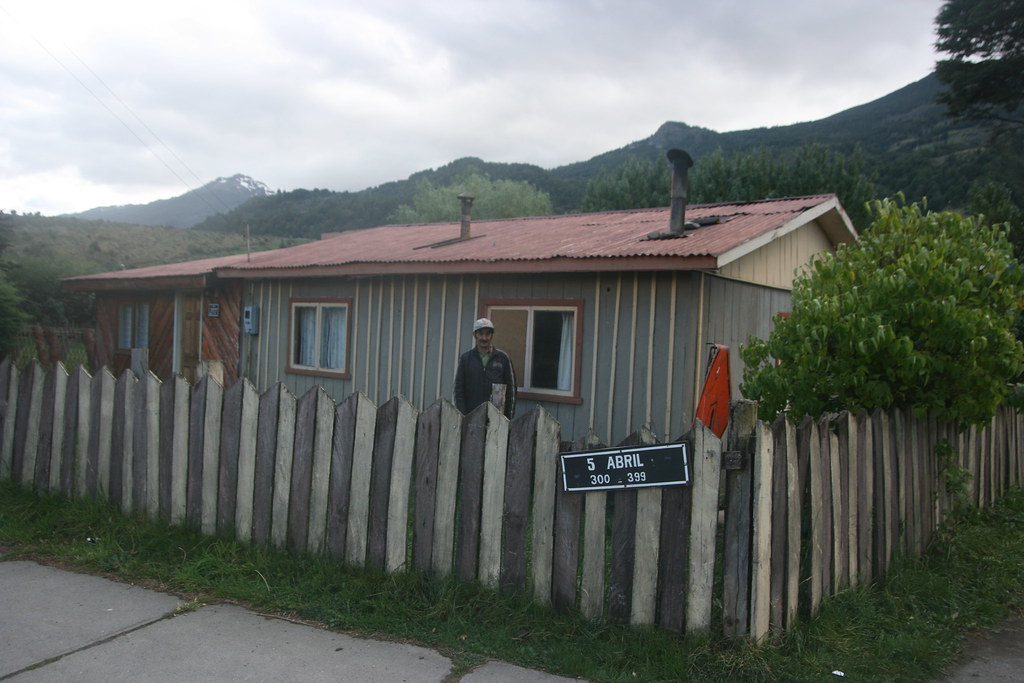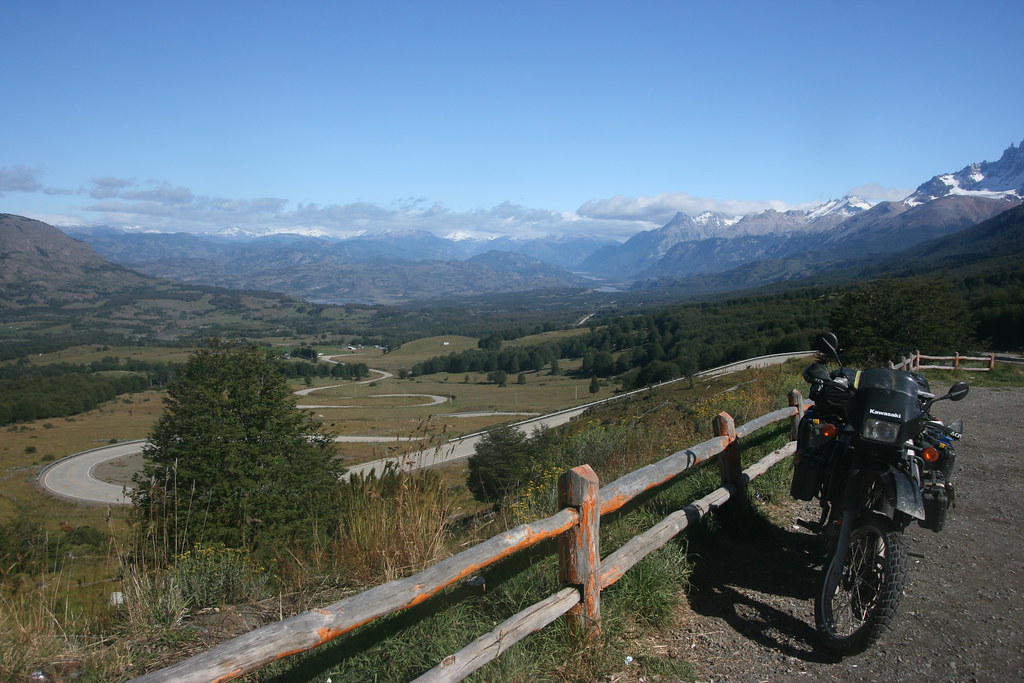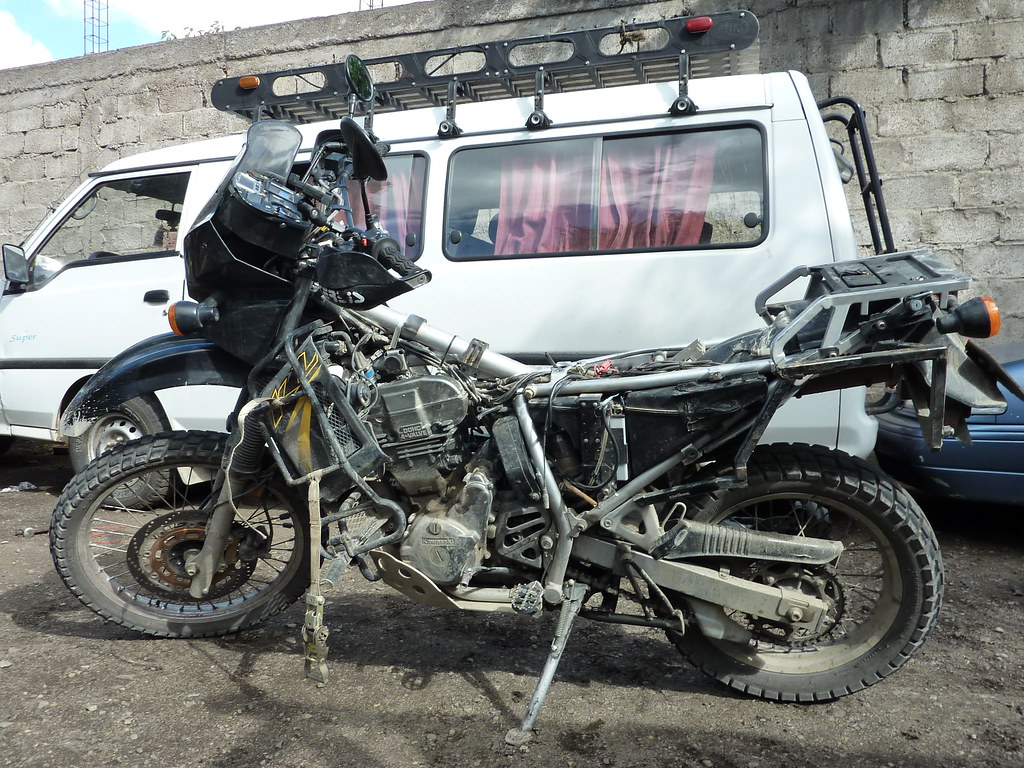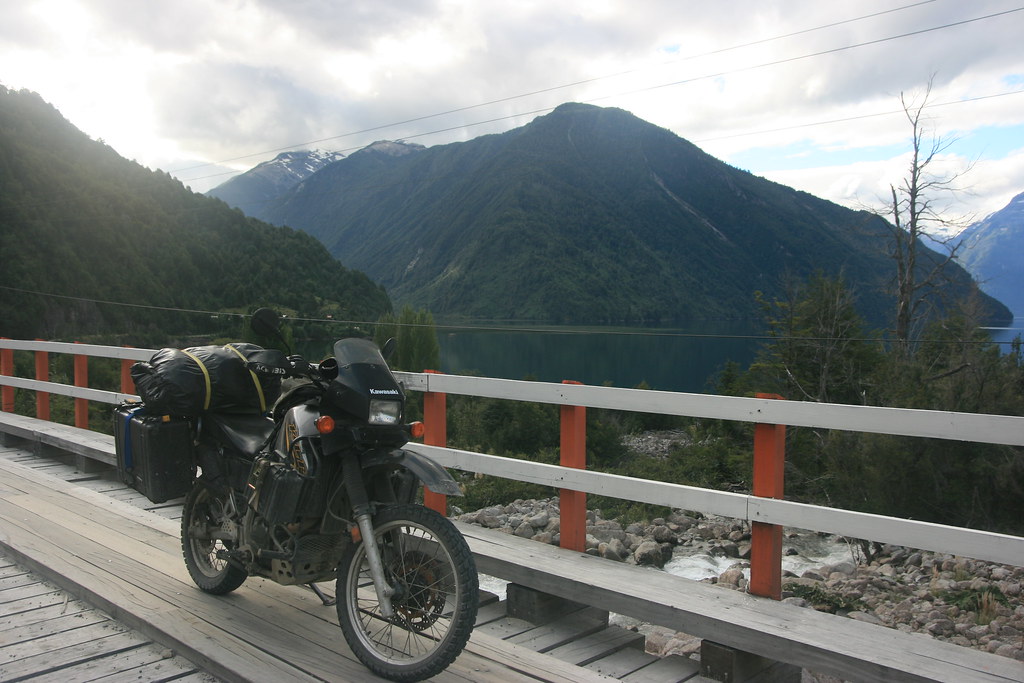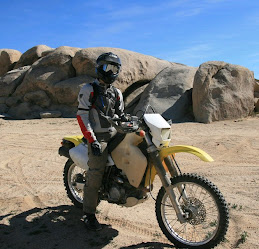After just two hours in Bolivia, I had picked the wrong route. I had reached the small town of Tupiza – one of the last known hideouts of Butch Cassidy and the Sundance Kid – and was keen to push on to Uyuni, home of the world´s largest and highest salt flats. But as I rode northwest on what I assumed was the only road out of town I quickly began to realise that I was on the wrong side of the river, at least according to my map.

I was following a dirt track along the west bank while the main road (if it can be called that) was drawn on the other side. Nevermind I thought, this was the route that Butch and Sundance would have taken (following the railway), and besides my map showed that the railway and the main road crossed each other in about 60 miles. All I had to do was stick by the railway and everything would be fine.
So I pushed on - riding through the beautiful canyonlands with the sun on my back and the river next to me. Well, I say river. It was more a collection of streams that meandered their way through a very wide river bed.
But after an hour on the Sundance route I had only covered 15 miles. And, given that I still had a few hundred to go before reaching Uyuni, I figured it would be better if I made my way back onto the main road. Obviously backtracking all the way to the bridge at Tupiza was out of the question, so I decided to have a go at fording the river instead. Surprisingly, the going wasn´t too bad. Most of the small streams were only a few inches deep, so it was relatively easy to ride the bike through. The only trouble was the muddy edges that bookended each crossing. To get through without getting the bike bogged I had to gun the engine, get up a decent amount of speed, and splash my way across. This worked several times, but after getting three quarters of the way to the east bank, I unexpectedly hit a long patch of mud in between fordings. I used the throttle technique to try to get out of trouble, but only succeeded in sending the rear wheel sliding out to the side, and my front wheel over a berm. With the front wheel caught and the rear still sliding, the inevitable result was a sticky muddy drop. Number five of the trip (I think).


After tending to the obligatory post-drop tasks – reattaching my panniers, and tightening the crash bars – I trekked on ahead to find a way up the other side. Before starting my river crossing I had seen what I thought was a path, but it turned out to be a dried up tributary leading down from the mountains. It was rocky but rideable so I hiked up to see if it lead to the road. Unfortuantely it was a dead end, leading into thick bushes and up the side of a canyon. Bugger. I had to cross back onto the Sundance route and push on.
Thirty miles from Tupiza the going got extremely steep and rocky. I spied a large caterpillar clad earthmover up ahead, abandoned in the track. It was blocking the way, but I managed to edge past only to find a dead end a few hundred yards up ahead. The road had completely run out. Obviously the beastly machine was there to finish the job.
Pondering what to do, I hiked up to the top of the canyon to get a better view of the way ahead. The going looked tricky with only two riding options – either along the railway tracks, or on the riverbed. Concerned, I asked an onlooking goat herder (and his dog) if this was the way to Uyuni, and he assured me that it was. Fine I thought, time to make Butch and Sundance proud.
The smoother of the two options seemed to be the railway track. But just as the dirt road had ended the railway had crossed the river via a high bridge. As foolhardy as I am, dropping the bike over the side of a railway bridge didn’t really appeal so I decided to ford my way across the river and meet up with the track on the other side.
Having travelled several miles upstream from my previous crossing, the river was now deeper, faster flowing and with big rocks in the middle. This was going to be tricky, and potentially wet. Nervously, I stood up on the pegs, revved the engine and bumped my way across. Phew.
Now on the other side, I discovered that my seemingly dramatic river crossing was actually only the beggining of my river adventures as I had only succeeded in getting the bike to a rocky outcrop with no rideable way up to the train tracks. The only way up there was via two more river crossings.
The second of these proved particularly tricky with the river now twenty feet across and with both banks covered in grapefruit sized rocks. I spotted what looked like a relatively smooth patch of ground on the opposite bank and headed for it. But as I hit the smooth bank my front wheel plunged down into a hidden muddy hole. The bike was stuck and started tilting ominously over into the water. Jumping off just in time, I plunged my boots into the knee deep river and just caught the bike in time to stop it toppling over. Heaving on the bike while gunning the throttle I splashed mud everywhere but just about managed to get out of trouble. Double phew.

It had taken me well over an hour to travel just 300 yards upstream, but I had finally made my way up to the train tracks. Surely the going got smoother from here? It did. For 500 glorious yards I rode alongside the railway without worrying about falling in a river or bouncing the bike over a boulder. Then I came across this:

Another railway bridge with wheel sized holes in between the sleepers. This was getting ridiculous. I could see another route across the river via yet another fording, but this time I wanted to be sure that I wasn´t heading for another dead end. So I climbed off the bike and walked for a couple of miles on the tracks. Other than a tunnel, the going seemed fine. So I trotted back to my bike and began the tricky task of turning it around.
One of the things you learn when riding on big trips is how to turn your bike around in a very small space. The trick is to pull the weight of the bike onto the side stand and then pivot it around. That’s how I’ve got myself out of tight spots before at any rate. But with the bike balanced precariously on the narrow ledge beside the railway, this maneuveure was going to be much trickier, particularly with the tracks getting in the way.

After five minutes of jostling I had managed to get the bike spun 150 degrees, but now the back wheel was stuck in between the tracks. To get it out I needed to pull the bike even more onto the side stand and lift the wheel across. Just as I was tipping the bike towards me, the ground underneath gave way and the bike toppled over. I leapt out of the way as it barrel rolled down the side of the steep ditch. It took me another hour to get it out again.

With the light fading, I had barely travelled a kilometre upstream in three hours. As if to illustrate my slow progress, the friendly goat herder who I’d met earlier, strolled past me at a leisurely pace while I was in the river. I had to hand it to the Phoenix though. She had been subjected to so much abuse yet was still going strong. I on the other hand was completely exhausted, wet, battered and bruised.

Miles from anywhere, I decided to camp in a picturesque clearing that night. I made a fire to dry my wet clothes and sleapt deeply under a starry sky. It had been the hardest few hours of the trip. Little did I realise what was in store the following day.



Up at the crack of dawn I quickly made my way through the railway tunnel and was making good progress alongside the tracks. It´s slightly odd riding on the rails – you have the bizarre experience of checking in your mirrors for a big locomotive bearing down on you. But the going was good and I only saw two trains. Occassionally, I´d come across a bridge, which I couldn´t ride across, but there always seemed to be a route around either via a path or by riding through the river.


But after 10 miles, the railway started winding its way up into the mountains. Several high bridges forced endless backtracks, until the only option left was to ride in the river bed. In five hours of utterly draining riding: I got the bike beached on a berm and had to dig it out with my bare hands; dropped it so many times I lost count (I think it was ten); and crossed the river so much that eventually I was riding exclusively in it.


Having come just fifty miles from Tupiza in ten hours the river became so littered with sharp edged boulders (some as big as a St Bernard) that even riding in it was impossible. I parked the bike and hiked on for another few miles in search of the road or the train track, but there was nothing. Just endless canyons and numerous dead ends. I had to turn back. This was as far as I could get.

Despite the disappointing result, the ride wasn´t a complete loss. Two days in Bolivia had delivered a fantastic adventure that trumped all others on the trip. As an added bonus my off-road riding skills had improved significantly and I rode the fifty miles back to Tupiza at Dakar pace, splashing through the river at speed, and undoing the previous 10 hours of riding in under three.
Again, I was dead chuffed with the Phoenix. She had been through a tortuous couple of days - bouncing over huge boulders, being dropped in the river, being made to jump off river banks, and being barrel-rolled down a hill. Yet she seemed to have escaped unscathed. At least I thought she did. But when I woke up the following morning I realised she was sick, very sick. She was lying extremely low to the ground. So low in fact that I could easily touch the ground with both my feet (something that’s normally unheard of). It didn’t take me long to discover the source of the problem. A golf ball sized hole in the side of the rear shock absorber caused by the gas exploding out. Clearly, the rocky river bed was just too much for the old girl.



There are many things that can be fixed on the side of the road with duct tape and a hammer (as well as the other tools I carry). But a rear shock absorber isn’t one of those things. And, with the roads in Bolivia only getting worse I was forced to turn back and head for the smooth tarmac roads of Argentina in search of repairs. Along the way, the Phoenix became increasingly sick –snapping her clutch cable, burning through her rear brake pads, developing a slow puncture, nearly losing her exhuast because of loosened bolts, and suffering from a batch of very bad petrol. I fixed as much as I could with the tools and spares I had, but with the bike coughing we only just managed to limp back to Salta.

Now she´s with the doctor – an experienced mechanic who is on the case, getting new suspension trucked in from Buenos Aires, and dealing with the countless other little niggles as well. It will take several days for the Phoenix to recover (at least), but I´m hopeful she will. After all, it helps to be lucky doesn´t it.






















